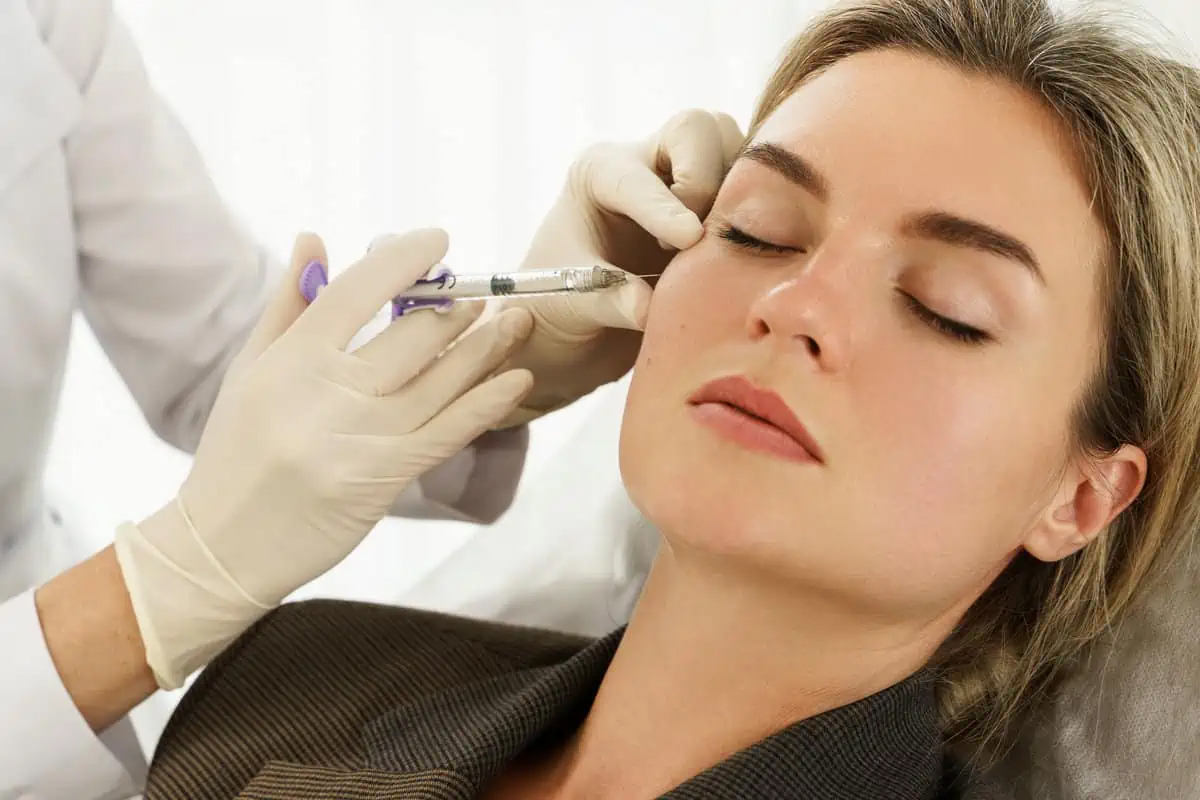
What is Botox/Neurotoxin? A Complete Guide to Understanding This Popular Treatment
Botox and other neurotoxins have become household names in the world of cosmetic treatments. But what exactly are they, and why have they become so popular in recent years? Whether you're considering Botox for the first time or you're simply curious about how it works, this guide will give you a comprehensive understanding of what Botox and other neurotoxins are, how they work, and why people turn to these treatments.
What is Botox?
Botox is a brand name for a type of neurotoxin derived from Clostridium botulinum, a bacterium. While the term "Botox" is often used as a catch-all for all neurotoxins, there are several other brands of neurotoxin injections, including Dysport, Xeomin, and Jeuveau. These injectable treatments are primarily known for their ability to reduce the appearance of wrinkles and fine lines, but they also have several other medical applications.
How Does Botox Work?
Botox works by temporarily blocking the signals between nerves and muscles. Specifically, it prevents the release of acetylcholine, a neurotransmitter that tells muscles to contract. By blocking this signal, Botox causes the muscles to relax and reduces the appearance of wrinkles and lines caused by repetitive muscle movements, such as frown lines, crow's feet, and forehead wrinkles.
Because Botox only affects the targeted muscles and does not alter the skin itself, it can produce a natural, rejuvenated appearance without any downtime. The treatment typically takes just 15 to 30 minutes, with results appearing in 7 to 10 days and lasting for about 3-4 months.
Common Uses of Botox/Neurotoxins
-
Cosmetic Applications:
-
Wrinkle Reduction: Botox is most well-known for smoothing out facial wrinkles, particularly in the forehead, around the eyes (crow’s feet), and between the eyebrows (frown lines).
-
Brow Lift: By relaxing certain muscles, Botox can subtly lift the eyebrows and improve the overall appearance of the eyes and upper face.
-
Lip Flip: Botox can also be used to subtly enhance the lips by relaxing the muscles around the mouth, resulting in a slight "flip" of the upper lip and a fuller appearance.
-
Medical Uses:
-
Chronic Migraines: Botox has been FDA-approved for the treatment of chronic migraines. The exact mechanism isn’t fully understood, but it’s believed to help by blocking the release of chemicals that transmit pain signals.
-
Excessive Sweating (Hyperhidrosis): Botox can block the signals to sweat glands, effectively reducing excessive sweating in areas such as the underarms, palms, and feet.
-
TMJ and Teeth Grinding: For individuals who suffer from temporomandibular joint (TMJ) disorders or excessive teeth grinding, Botox can help relax the jaw muscles, alleviating pain and tension.
-
Neck Spasms (Cervical Dystonia): Botox can treat severe neck and shoulder muscle spasms, improving mobility and reducing discomfort.
Benefits of Botox
-
Quick and Convenient: Botox injections are minimally invasive, requiring no surgery or extensive recovery time. Most people can resume their normal activities immediately after treatment.
-
Non-Surgical: Botox provides a non-surgical alternative to facelifts and other invasive cosmetic procedures, making it a great option for those looking for a subtle, youthful appearance without a long recovery process.
-
Natural-Looking Results: When administered by a skilled injector, Botox can enhance facial features in a way that looks natural—providing smooth, youthful skin without the "frozen" look.
-
Long-Lasting Effects: Results typically last for 3 to 4 months, making Botox a low-maintenance treatment option for those who want consistent, long-term results.
What to Expect During a Botox Treatment
Botox injections are quick and relatively painless. During your appointment, your injector will mark the areas to be treated and may apply a topical numbing cream if desired. The Botox is then injected directly into the targeted muscles using a fine needle. Most patients describe the sensation as a slight pinch or pressure. The entire procedure typically takes 10-15 minutes, and you can return to your regular activities immediately.
Are There Any Side Effects?
Botox is generally considered safe when administered by a licensed, experienced professional. However, like any medical procedure, there are some potential side effects, including:
-
Temporary redness or swelling at the injection site
-
Headache
-
Bruising
-
Drooping eyelids or eyebrows (rare and typically temporary)
-
Dry mouth or difficulty swallowing (rare)
It’s important to choose a qualified provider who has experience with Botox injections to minimize any risks.
Who Should Consider Botox?
Botox is suitable for individuals who are looking to reduce the appearance of fine lines and wrinkles or address medical conditions like chronic migraines or excessive sweating. Generally, Botox is recommended for adults between the ages of 18 and 65. However, it’s essential to consult with a qualified practitioner to determine if Botox is right for you based on your unique needs and medical history.
Conclusion
Botox and other neurotoxin injections have become a trusted solution for individuals looking to enhance their appearance and address medical conditions with minimal downtime. Whether you're aiming to smooth out fine lines, treat a medical condition, or simply refresh your look, Botox offers a safe and effective option. If you’re interested in learning more or scheduling a consultation, don’t hesitate to reach out to our team. We’d be happy to help you discover how Botox can enhance your natural beauty!
